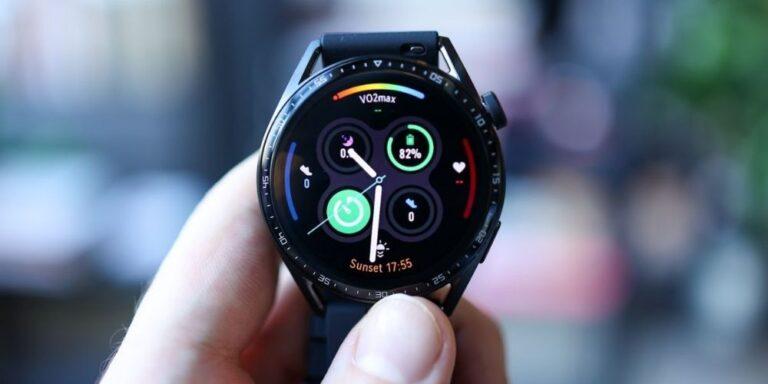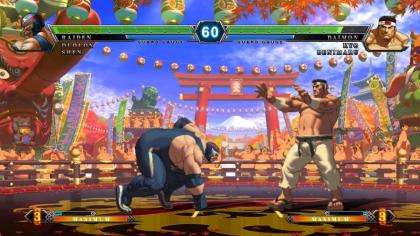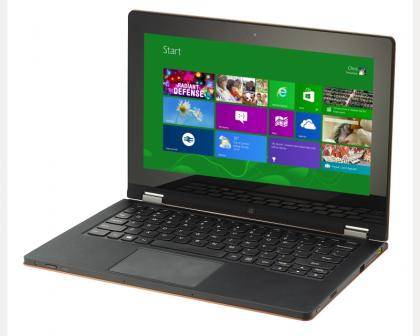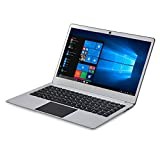Bean-to-cup coffee machines vs espresso machines: which is best for a caffeine fix?
Getting your daily caffeine fix is an absolute necessity for many of us. Life without coffee just doesn’t bear thinking about. For some people, making the perfect coffee is a slow and considered morning ritual that’s as enjoyable as drinking the beverage itself. For others, coffee is the goal, and making it is an inconvenience that needs to be as speedy and hassle-free as possible.
There’s a myriad of ways to prepare your coffee, but if you’re reading this you’ve probably already decided you want a machine that can produce Italian-style espresso-based coffees, as opposed to a classic drip coffee machine or French press.
So when it comes to coffee makers that can deliver smooth intense espresso or make delightfully frothy cappuccino, is there much difference? Here we’re explaining exactly how bean-to-cup coffee machines differ from espresso machines , as well as letting you know the pros and cons of each style, so you can decide which is best for you.
Best bean-to-cup coffee machine deals
Read on to find out just how bean-to-cup coffee machines differ from espresso machines, or if you want to get your hands on one of the best bean-to-cup machines now, check out these great deals for some of the best prices on the market.
What’s the difference between and espresso machine and a bean-to-cup machine?
At their core, both these machines are designed to deliver rich smooth espresso for barista-style coffee drinks at home. The two main differences are that bean-to-cup machines take whole coffee beans and deliver drinks at the touch of a button, whereas espresso machines require pre-ground coffee, and you’ll have to hone your barista skills, because the drink-making process is more hands-on.
Bean-to-cup machines take whole coffee beans and automatically grind them to order each time you select a coffee. The machine then takes the coffee grinds, compresses them into a coffee puck, and passes pressurized hot water through this to deliver espresso.
There are two main types of bean-to-cup coffee machine, the fully automated ones will texturize milk and create drinks such as cappuccino and latte at the touch of a button. The second type is less automated, it will still grind coffee beans, but can only pour black coffee such as espresso or americano. These machines usually feature a manual steam wand, so you’re in charge of steaming and texturizing milk for milk-based coffees.
Espresso machines take ground coffee, so it’s your choice whether to buy a bag of ground coffee or use a grinder to grind the beans yourself. These coffee machines have more in common with the coffee machine used by the barista at your local coffee shop, they’re just on a more domestic scale.
So just like your barista, you’ll have to fill what’s known as a portafilter with ground coffee, compress it in a process known as tamping, then position it into the holder. Usually, these machines can only deliver espresso and you can choose between a single or double shot. A manual steam wand on the side of the machine allows you to get creative with milk, heating, and frothing it to the perfect texture so you can create your favorite coffee shop drink.
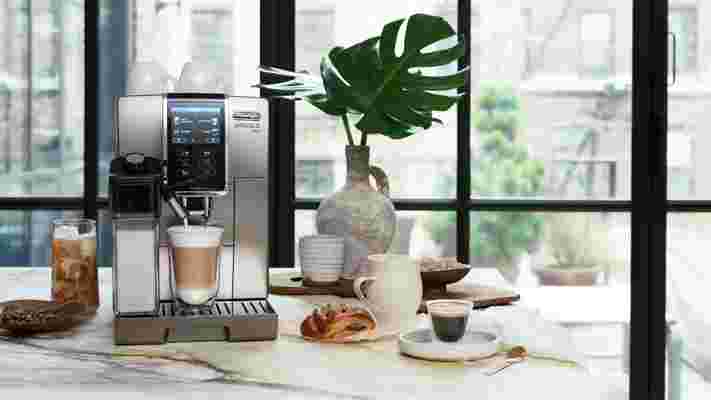
What are the pros and cons?
There are a lot of pros to bean-to-cup coffee machines, undoubtedly coffee made from freshly ground beans will give you the best flavor coffee, but you won’t have to get a grinder out and spend time doing it yourself. These machines offer the ultimate in convenience, with an on-screen menu of coffee shop favorites delivered straight into your cup. You can enjoy barista style drinks at the touch of a button, no skill needed.
Bean-to-cup machines aren’t for everyone though, some people prefer a more hands-on approach and want to be able to tweak aspects of the drink more than is possible purely through adjusting settings on the machine. Additionally, the price may put you off, they’re more expensive than espresso machines and can reach eye watering prices as high as $2500/ £1999/ AU$4299. They’re also big, while an integrated bean grinder and automatic milk frother makes for a convenient hands-off coffee machine, it means they’re bigger and bulkier than a simple espresso machine.
Espresso machines on the other hand are smaller and if you’re short on counter space, there are some compact models available that perform well and take up a fraction of the space of bean-to-cup machines. As you’d expect, these machines are also cheaper, you can pick one up for less than $350/ £200/ AU$400.
You will have to master some barista skills to create the perfect drink when using an espresso machine. And depending on your point of view, this can be either a positive or a negative. While some people will enjoy learning to create the perfect coffee with expertly texturized milk, others will find it too much like hard work. As we already mentioned, the best cup of coffee comes from freshly ground beans, but this means you’ll need a grinder and the time to grind your own beans before adding to the machine, which is an extra step most people could do without.
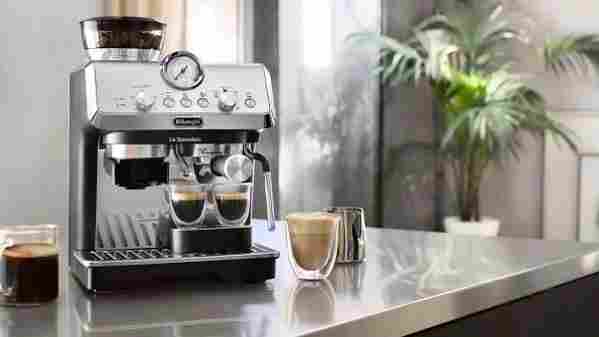
Should I buy a bean-to-cup coffee machine or an espresso machine?
Choosing between these machines will come down to several factors. Firstly, if you’re working to a tight budget then an espresso machine is the way to go, they’re much less expensive than typical bean-to-cup models.
Next, you’ll need to think about size, you might be able to afford a bean-to-cup machine, but if you haven’t got the space for one, then there’s no point considering spending the cash.
Another important thing to consider is how hands-on you want to be. Choose a fully automated bean-to-cup machine if you want fresh coffee such as cappuccino, latte or macchiato at the touch of a button. But if you want to learn barista skills and have the freedom to create custom drinks exactly as you like them, then an espresso machine is for you.
For those who want something in-between, a bean-to-cup machine with a manual steam wand will pour espresso made from freshly ground beans, but still, give you full control of heating and texturizing the milk to create your ideal barista-style coffee.
Yamaha's powerful new off-road e-bike is 'tough as dirt'
Yamaha has launched a pair of new e-bikes : the super tough Wabash RT, which is a gravel bike built to tackle any kind of terrain from rocky trails to slick roads, and the sleek CrossCore RC – a commuter bike for tackling crowded city routes.
These are both class-3 e-bikes, meaning they're capable of hitting speeds up to 28mph before the power assistance drops off, and both are equipped with powerful 500Wh motors. All that juice is managed by Yamaha's new PWSeries ST drive unit, which automatically tweaks the bike's settings so you get a consistent ride whether you're starting from a standing stop, accelerating, cruising on the flat, or charging up a hill.
Gravel bikes are supremely versatile, and the sport is rapidly gaining popularity; according to the 2021 Garmin Connect Fitness Report , gravel cycling was one of the fastest growing activities last year, with Garmin device owners recording over 40% more rides than in 2020. Adding a 500Wh motor into the mix makes it even more accessible, and a gravel e-bike makes it easy for any rider to tackle all but the boggiest of routes.
The Wabash RT (above), which Yamaha claims is 'tough as dirt', has drop handlebars that are flared for stability and to make room for a bag on bikepacking trips. It's fitted with Maxxis Rambler tires for grip on hard and loose surfaces, and its Shimano GRX RX hydraulic brakes provide plenty of stopping power, even when the bike is heavily loaded.
Hit the road
The Yamaha CrossCore RC (below) is a more conventional commuter bike, with flat handlebars and an upright riding position for easier maneuvring and improved visibility in traffic. It also features ergonomic controls within easy reach of your thumb, and a multifunction display that shows color-coded ride data that you can interpret at a glance without taking your eyes off the road.
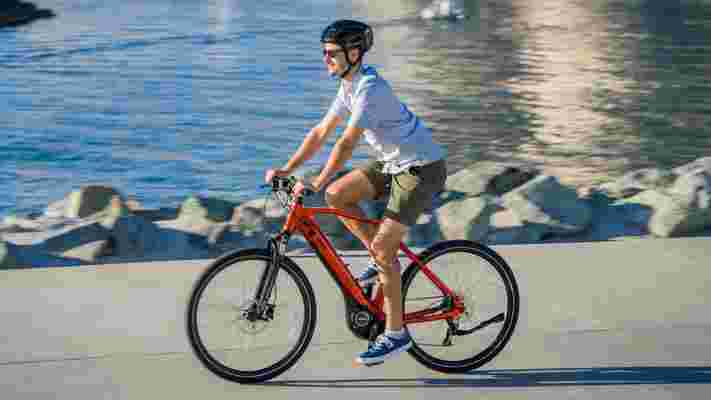
It's also fitted out with powerful hydraulic brakes, plus puncture-resistant CST Brooklyn Pro tires with toughened sidewalls to minimize the risk of a flat making you late for work.
The new bikes will go on sale in the US later this year. The Wabash RT will be available in a Blue Steel color scheme for $4,099 (about £3,000 / AU$5,600), while the CrossCore RC will come in Shiver White, Painted Desert, and Urban Sage for $3,099 (about £2,300 / AU$4,200).
That puts them squarely in the mid-range price bracket, alongside the likes of the Ribble CGR AL e gravel bike and the Cowboy 4 city commuter. We're hoping to put one of the new bikes (or both) to the test, and bring you a full review soon.
Death On The Nile's release date for HBO Max, Hulu and Disney Plus is in, and it's soon
Death On The Nile only came into theaters in the second week of February, but details of its streaming release have already been unveiled.
The starry drama, which saw Kenneth Branagh reprise his role as Agatha Christie's famed detective Hercule Poirot, had a Covid-19 affected release plan, with its original theatrical date of December in 2019 being pushed back again and again until it finally wound up going into theaters on February 11.
The film took $116 million in its theatrical run, which was a big drop from Branagh's debut in the role in 2017's Murder On The Orient Express, which took over $350 million.
Perhaps that's why producers have acted to confirm its streaming release details so quickly.
When is Death On The Nile coming to streaming services?
In the US, the movie will be debuting on HBO Max and Hulu on March 29, while in the UK, it'll be a day later on Disney Plus .
The movie's bow on both HBO Max and Hulu at the same time is the result of a deal between Fox and Warner Bros. that extends through 2022.
The film featured a starry cast with Annette Bening, Russell Brand, Ali Fazal, Dawn French, Gal Gadot, Armie Hammer, Rose Leslie, Emma Mackey, Sophie Okonedo, Jennifer Saunders and Letitia Wright all featuring and Branagh reprising his role as Poirot.
It followed Poirot as he boarded a luxurious cruise on the Nile River, which, naturally turns into another classic Christie whodunnit when a murder is discovered on board. Gadot plays Linnet Ridgeway Doyle, a rich heiress who marries a man who had previously been engaged to her best friend, a decision that brings dire consequences...

Is Death On The Nile the last we'll see of Kenneth Branagh's Hercule Poirot?
Nope. Despite Death On The Nile's less than stellar box office, Disney, who now own the franchise after inheriting it from 20th Century Fox, aren't giving up just yet.
Speaking to the Hollywood Reporter recently, Steve Asbell, president of 20th Century Fox, confirmed that there are plans for more, saying: I love these films, I love Ken Branagh. We have a third script written, by Michael Green, that is a pretty daring shift in genre and in tone. It’s post-war Venice and an adaptation of one of the lesser-known novels. So I think you’ll see the moustache again."


